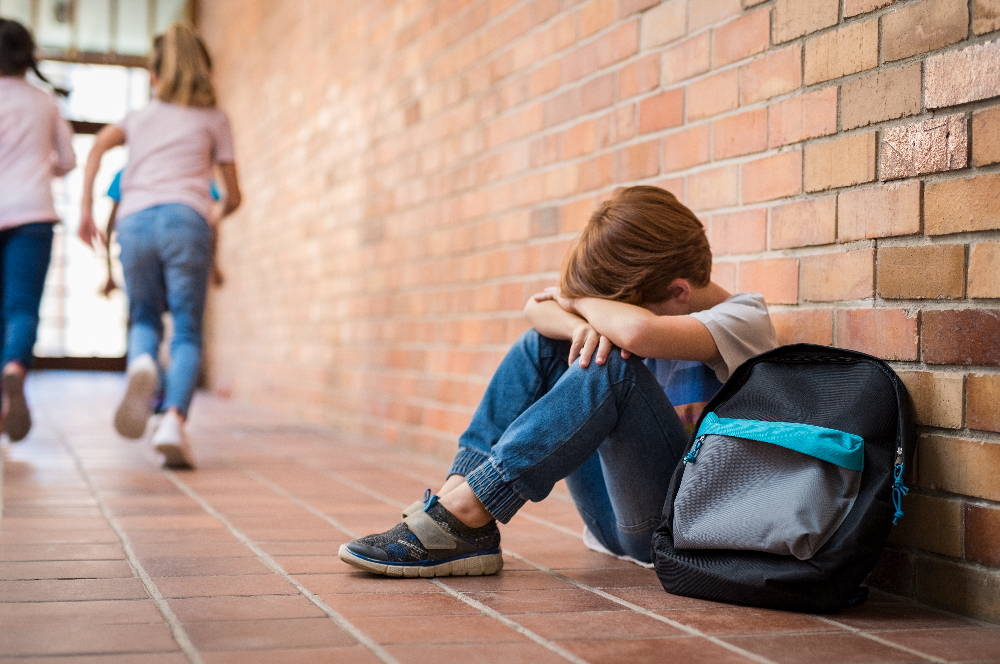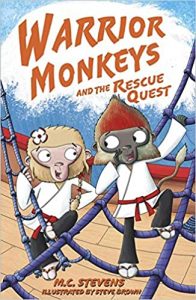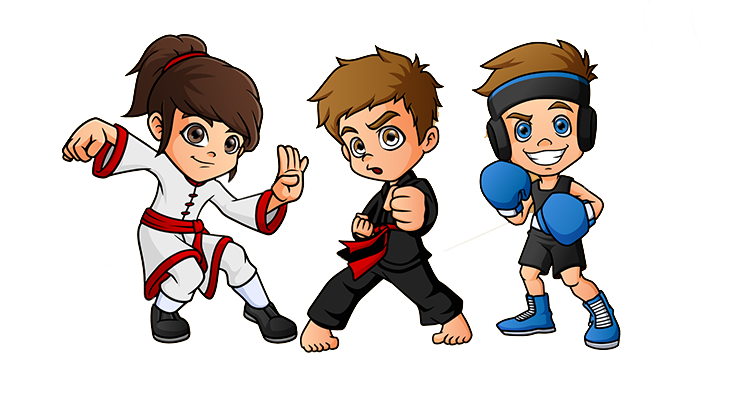
Visualise your workplace. Imagine that every time you sit down, someone tries to pull out your chair, or puts chewing gum on it. In meetings they flick chewed up paper at you when the boss isn’t looking. In the break room, they take your snack and pour your coffee over your project report. In the corridor, they ‘accidentally’ swing their bag into you and laugh. You daren’t go to the toilet on your own. You can’t concentrate on your work because you’re scared of what will happen on your way home. Your co-workers make cruel memes about you from pictures taken without your permission, and tag you in them on social media. And you thought they were your friends.
This is just a small taste of the brutal world for many young people. Bullying is primal, it’s raw, and it should never be dismissed. It is a major reason behind young people coming to join martial arts classes … perhaps because parents are haunted by the fear this might happen to their kids. Or because, in many cases, it already has. Martial arts should teach self-protection from the inside out; the dojo is the perfect place to rehearse the physical and verbal strategies that build the strong, kind, brave people we need in our communities. But how do we set about this?
The mental and physical trauma of bullying can be very difficult to overcome and as martial arts instructors we can tackle this in so many ways. Superficially, we can teach physical defence skills. That is first aid, and not to be underestimated. However, our main role should be to support the development of young people who deter bullies; who stand up for other people; and who do not bully. Let’s look at those in turn.
From about 4/5 years old, children experiment with verbal and physical aggression. Play happens with less supervision and some children begin to assert themselves with pushing or snatching. It’s normal for children to do this because they recognise what they want but don’t yet always observe social controls without adult reminders. This is a key time for martial arts training. We teach managing personal space; we teach confident glares; and we begin scenario training! So you both want to play with the fire engine. How do you negotiate turns? Let’s practise that together. What if the other person won’t take turns or doesn’t hand it over when agreed? Role play helps younger students to develop a flowchart of actions, including when to call in the supervising adult in a playground or classroom scenario.
At 5, children can work on eye contact and direct instructions. ‘Leave me alone’ ‘I don’t like that’ ‘Stop now’. These all help build good foundations for effective body language later on. As they get to 7 or 8 then basic threat assessment skills can come into the situation. Again, knowing options and talking about them really helps. One of the most dangerous types of bullying is when the child stops seeking adult help because it hasn’t helped. Then the abuse really internalises and begins to poison self-esteem. At this age one of the best anti-bullying strategies a parent can use is a systematic daily check in at school pick up time. Best bit of the day? Worst bit of the day? Did you play with anyone? This shouldn’t be an interrogation yet if done regularly it will help a parent to pick up any patterns or concerns. This should continue well into secondary school – keeping them communicating makes such a difference. Instilling in them that they have a right to feel safe, and backing them up instead of dismissing any anxieties: this is anti-bullying work at home.
Teaching children to know what to do when they witness bullying can also be systemised. We don’t want to create vigilantes or passive bystanders, however it isn’t a case of either/or. Children can have profound emotional intelligence about a situation. If they are older and have friends with them, then it’s perfectly appropriate for them to step in and stop younger children bullying, and then report. If in doubt, skip straight to the ‘report’ phase and don’t risk becoming part of the incident if it could put them in danger. However, it’s worth teaching them NEVER to become part of the audience for a performative bully. Particularly in secondary schools, bullies thrive on having an admiring entourage and I am explicit with my students about expecting them never to belong to that sniggering crowd.
What about when your student (or your child) is bullying? This is an uncomfortable area; it is so much easier to talk about protecting the victims, isn’t it? Children bully for many reasons and I don’t want to oversimplify a very complex problem. Watch how their friendships work. Are they balanced, or one-sided? Do they have too much agency, or not enough? Do they talk respectfully about the other students in their class? Do they sometimes need help with their emotional regulation? Tune in to early warning signs like playground spats and use these as positive learning opportunities. Role play how to step away; breathe; recognise anger and frustration. Teach that it’s ok for other people not to play your game your way. Again, if at an early stage you’re building habits of communication and educating about turn-taking and seeking adult help you are laying excellent foundations.
Talking saves lives. Anti-bullying week saves lives. Talk to young people about bullying. And then make sure you listen.

Written by Mary Stevens, the author of the Warrior Monkeys - Martial Arts adventure stories for young readers.
MC Stevens is also a martial arts instructor with 17 years’ experience in karate, weapons, and jiu jitsu. A former English and History teacher at secondary school level, she also works for an international charity which empowers young girls in developing countries, using karate as a tool to develop confidence and self-determination.

Warrior Monkeys and the Rescue Quest - Out Now
When their beloved teacher Master Chan is kidnapped, Suki and Bekko are given a secret mission to find him and bring him back! Their journey will be full of dangers - they must sail treacherous seas, deal with pirates, cross frozen wastes. And when they find Chan, what else is waiting for them . . . ? This is the third title in an exciting and dramatic series, written by martial arts expert MC Stevens and illustrated throughout by Steve Brown. Suki and Bekko are training to be Warrior Monkeys. They're a brave and resourceful duo and, with the help of their armoured bear, Kuma, are ready to face any of the harsh challenges and evil plots that threaten the safety of their island home. Using all the skills they learn in the training hall, Suki and Bekko show the kind of determination, focus, bravery, and spirit that has put them on the path to become true Warrior Monkeys!

